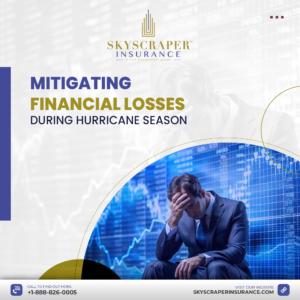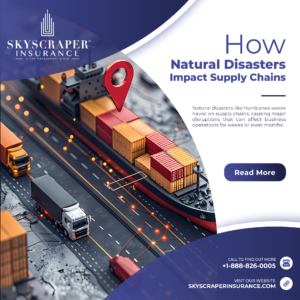Building contractors face the highest average annual cost for general liability coverage due to the inherently riskier nature of their endeavors.
“Insurers have their own underwriting protocols and risk appetites, and residential construction — particularly new condo developments and housing subdivisions — is a risk that some insurers do not want to assume,” Robert Bambino, of Gramercy Risk Management.
Building contractors and construction firms face the highest average annual costs for general liability coverage, according to AdvisorSmith Solutions, Inc., which noted even small construction businesses pay average premiums of $1,076 annually.
In comparison, the average cost for commercial general liability in the U.S. is $597 a year, or about $50 a month for small businesses, AdvisorSmith reported.
While construction companies have potentially more complex underlying exposures to cover than typical businesses, Matthew Fishlinger, COO of Gramercy Risk Management, told PropertyCasualty360.com carriers paint the construction market with too broad a brush, resulting in continuingly growing rates.
Leveraging a fragmented view
“Viewing construction risk in a monolithic way ignores the wide variety of the type of work being performed and what projects that work is being performed on,” Fishlinger said. ”It is critical to have a nuanced understanding of each contractor subset and the exposures that ultimately drive their loss activity. Targeted underwriting, claims and risk management strategies can then be applied to effectively manage the risk.”
Gramercy’s New York contractors program is a reflection of this approach, primarily targeting electricians, plumbers, HVAC contractors and small to midsized general contractors focused on maintenance and renovations rather than new construction.
“We identify these subsets as being inherently more profitable due to the type of work they perform,” he said. “Applying our risk management, risk transfer and claims management services to further mitigate the risk allows us to provide stable year-over-year pricing for our clients.”
While the construction insurance market is tightening, the building trades are blooming as the Housing Construction Index hit 141.2 in December, the highest level on record, according to LegalShield’s Economic Stress Index. In January, the market cooled some, hitting 138 on the index. However, this is still the third-highest level on record and above pre-pandemic levels.
Residential will outpace commercial building in 2021
Moving into 2021, residential construction is anticipated to outpace commercial projects, according to Robert Bambino, executive vice president of risk management at Gramercy. He explained several factors are driving this, including more millennials seeking private homeownership, people looking for bigger living spaces, remote work, low-interest rates and people fleeing cities to avoid congestion during the pandemic.
However, construction firms working in the residential space might not find as many options with traditional insurance markets, forcing them to consider non-admitted excess & surplus line policies and potentially face policy exclusions for residential work. The hard market makes this more likely, Bambino added.
These exclusions run the gambit from complete to partial exclusions for construction such as co-ops, housing developments and multi-family dwellings.
“Insurers have their own underwriting protocols and risk appetites, and residential construction — particularly new condo developments and housing subdivisions — is a risk that some insurers do not want to assume,” Bambino told PC360.
For New York builders, the possibility of facing exclusions grows exponentially because of sections 240 and 241 of the state’s labor laws, which deal with height-related tasks, according to Fishlinger.
“New York is the only state in the country that applies strict liability for height-related claims,” he said. For example, if a subcontractor’s employee has an accident, New York law says they cannot sue their employer. Instead, the incident must go through worker’s compensation. However, for certain height-related accidents, the subcontractor might have recourse back up to the general contractor, who would be held strictly liable for the incident.
“Sections 240 and 241 of New York’s labor law have been a contributing factor in the insurance industry’s struggles to manage this state’s construction risk properly,” he said, again stressing that a disciplined approach to risk management, and risk transfer more broadly, is so vital.
“Construction risk as a whole encompasses a wide range of exposures, from simple electrical work in a private residence to painting a couple of hundred feet up on the Brooklyn Bridge,” Fishlinger said, pointing out the inherent risks are wildly different from job to job.




